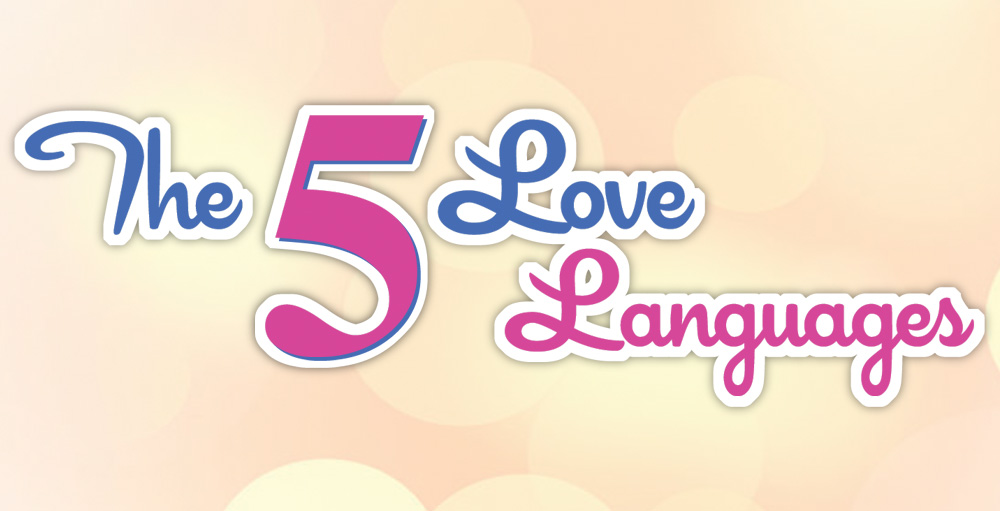By Andrea Goff
My husband and I are polar opposites. High school sweethearts who have been married for 42 years, and together for 46, we beat to a different drum, and yet, with a few tools learned over the years, our relationship works.
Learning about love languages was like a person with myopia putting on prescription glasses and suddenly having 20/20 vision. Taking the test at The5lovelanguages.com we discovered that while he thrived on physical touch my greatest need was for words of affirmation. I even went so far as to tape to the bathroom mirror a list of things my verbally challenged husband could say to make me feel loved; and I have kept just about every card he has ever given me.
Three children later we learned that one daughter loved to receive gifts, while the other needed quality time. It wasn’t hard to guess the love language of our son, a mirror image of his Daddy, whose favorite thing to do is hug and be hugged.
Interestingly, my closest friends have always been go-getters like my husband, but their love languages are diverse. Often people give to others what they themselves like to receive, so my friend whose love language is acts of service will sometimes surprise me with a mop in hand. Another enjoys the quality time that comes with long leisurely lunches and invites me frequently to join her. Of course, we may have several love languages but there is usually one that is stronger, our primary love language, and makes us feel particularly loved and appreciated. Gift giving is one of my weakest areas but my husband’s secondary love language. Thankfully my techie brother-in-law can always be called on for unique gift ideas.
Love is a word that has been greatly misused. We talk about loving our job, a bar of chocolate, the latest movie. Love is not just an emotion it is a decision that often requires unselfish deliberation and action. Love can be described as not only a strong liking but a unique attachment, the carrier of the highest emotion inherent in man.
Each of us is designed with a love tank that yearns to be filled. A child whose love tank is full will be well adjusted and able to easily give love as well as receive it. Conversely a child whose love tank is constantly on empty will have many internal struggles. Life can be tough, taking a few minutes to discover the particular love languages of our spouse and children can help a family have more understanding and effectively give love, while truly feeling loved in return.
You can read more in Dr Gary Chapman’s book
“The Five Love Languages” or have your family
take the test at www.The5LoveLanguages.com


